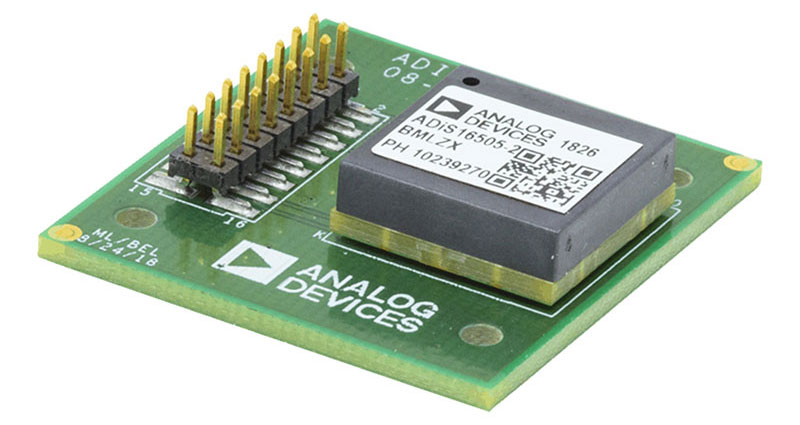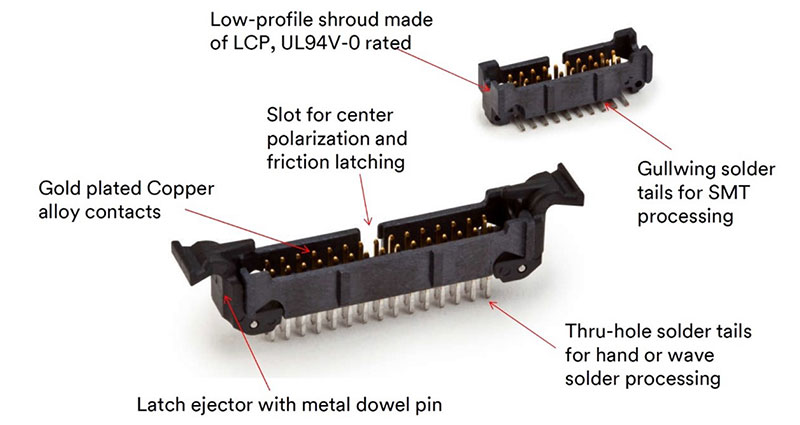Mioty Emerges as an Option for Massive IIoT Wireless Sensor Deployments
You’ve likely already heard that the massive Industrial Internet of Things (IIoT) is coming. You also probably know there are a ton of wireless protocols already available to help you connect those hundreds or thousands of endpoints. What you may not know is that yet another protocol has emerged: mioty (pronounced My IoT). This is a recently released (at the time of this writing) software-based, low-power, wide-area network (LPWAN) protocol that was developed to deliver best-in-class reliability and scalability for the IIoT. The backers of mioty expect it to compete with LoRaWAN, Sigfox, NB-IoT, LTE-M, and other wireless IoT protocols in massive wireless sensor networks.
It’s early in the massive IIoT game, so now’s as good a time as any to become familiar with mioty. Mioty meets the European Telecommunications Standards Institute (ETSI) TS 103 357 standard. Some key performance expectations include:
- Power consumption of 17.8 microwatt hours (μWh) for a 20-year battery life.
- Nodes and base stations can operate at full performance when traveling at speeds of up to 120 kilometers per hour (km/h).
- High interference immunity.
- High quality of service (QoS).
- Enables deep indoor connectivity, even in industrial environments with metal or rebar obstructions.
- Support of up to one million devices per network.
How does mioty work?
These are all high expectations, so how exactly does mioty do that? One key to its performance is the telegram splitting technology it uses to break up the data packets into small sub-packets at the sensor level. The sub-packets are transmitted across different frequencies and at different times, and an algorithm at the base station reassembles them into the original message (Figure 1). The mioty algorithm results in built-in redundancy of the sub-packets and supports low power consumption. Up to 50% of the sub-packets can be lost due to interference without losing the original message.
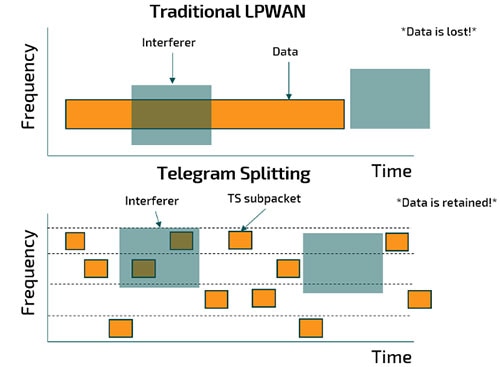 Figure 1: Mioty telegram splitting improves resilience to interference and supports low power consumption. (Image source: Radiocrafts)
Figure 1: Mioty telegram splitting improves resilience to interference and supports low power consumption. (Image source: Radiocrafts)
But nothing’s perfect. Yes, the mioty network is a private network which means you don’t need to pay the monthly license or subscription fees that are associated with public networks like cellular systems. But it’s not free: you’ll need to pay a licensing fee, to BehrTech for the use of its patented mioty software. Also, while mioty is robust and can transmit over long distances at low power, it is limited to a data rate of 512 bits/second.
Mioty could be an important addition to your toolset for LPWAN challenges. Let’s review two solutions to help you start exploring mioty wireless sensor networks for your next IIoT design; one from Radiocrafts and another from STMicroelectronics.
Surface mount mioty module
Radiocrafts offers the RC1882CEF-MIOTY1, a compact surface-mounted, high-performance radio module (Figure 2) that can send a message of up to 245 bytes in a single transmission. The embedded communication controller includes the mioty protocol software. This integrated module is pre-certified for operation under European (868 megahertz (MHz)) and US (915 MHz) regulations. It’s based on an AT command set and includes a UART interface. The module is pin-compatible with earlier modules from Radiocrafts, making it easy to integrate into existing systems. It features ultra-low-power consumption for battery operation, an ultra-narrowband radio with a sensitivity of -129 decibels referenced to one milliwatt (dBm), and 14 dBm output power.
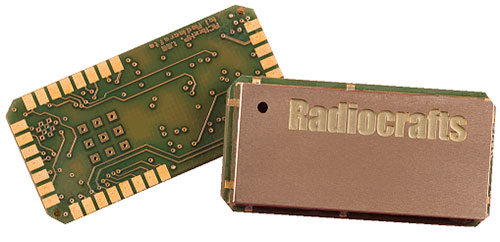 Figure 2: Radiocrafts’ mioty module can send a message of up to 245 bytes long in a single transmission. (Image source: mioty Alliance)
Figure 2: Radiocrafts’ mioty module can send a message of up to 245 bytes long in a single transmission. (Image source: mioty Alliance)
The associated RC1882-MIOTY1-DK development kit from Radiocrafts lets you run a small mioty network from a PC with minimal additional development resources to quickly test and explore its network capabilities. Radiocrafts also offers software for application development.
mioty included in multi-protocol wireless SoC
With the STM32WL system-on-chip (SoC) from STMicroelectronics, you can explore multiple wireless protocols, including mioty. STM32WL microcontrollers support multiple modulation schemes, including LoRa (spread spectrum), (G)FSK, (G)MSK, and BPSK, so you can use it in mioty as well as other networks (LoRaWAN, Sigfox, W-MBUS). The SoC integrates both a general-purpose microcontroller and a sub-gigahertz (GHz) radio on the same chip.
The NUCLEO-WL55JC2 Nucleo-64 board provides a platform for you to build prototypes and explore new approaches to wireless networking with the STM32WL (Figure 3). It supports various combinations of performance, power consumption, and other features. It also includes an SMA antenna, and its Arduino Uno R3 connectivity support and the STMicroelectronics Morpho headers let you expand functionality with a variety of specialized shields.
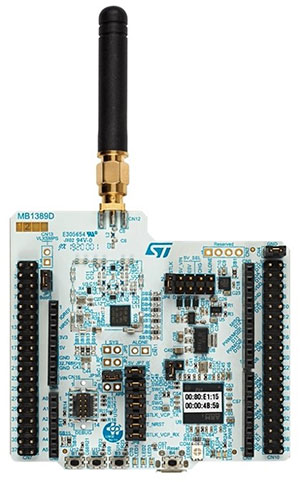 Figure 3: The NUCLEO-WL55JC STM32WL Nucleo-64 evaluation board provides an affordable and flexible way for you to try out new concepts and build prototypes with mioty. (Image source: STMicroelectronics)
Figure 3: The NUCLEO-WL55JC STM32WL Nucleo-64 evaluation board provides an affordable and flexible way for you to try out new concepts and build prototypes with mioty. (Image source: STMicroelectronics)
Conclusion
The massive IIoT is coming, and with mioty you have one more wireless protocol to choose from. Theoretically, it can deliver high QoS industrial environments at low power and connect to many devices, but it does come with a licensing fee. Still, it already has good hardware support so it deserves some attention as you evaluate your (many) wireless interface options.

Have questions or comments? Continue the conversation on TechForum, DigiKey's online community and technical resource.
Visit TechForum








